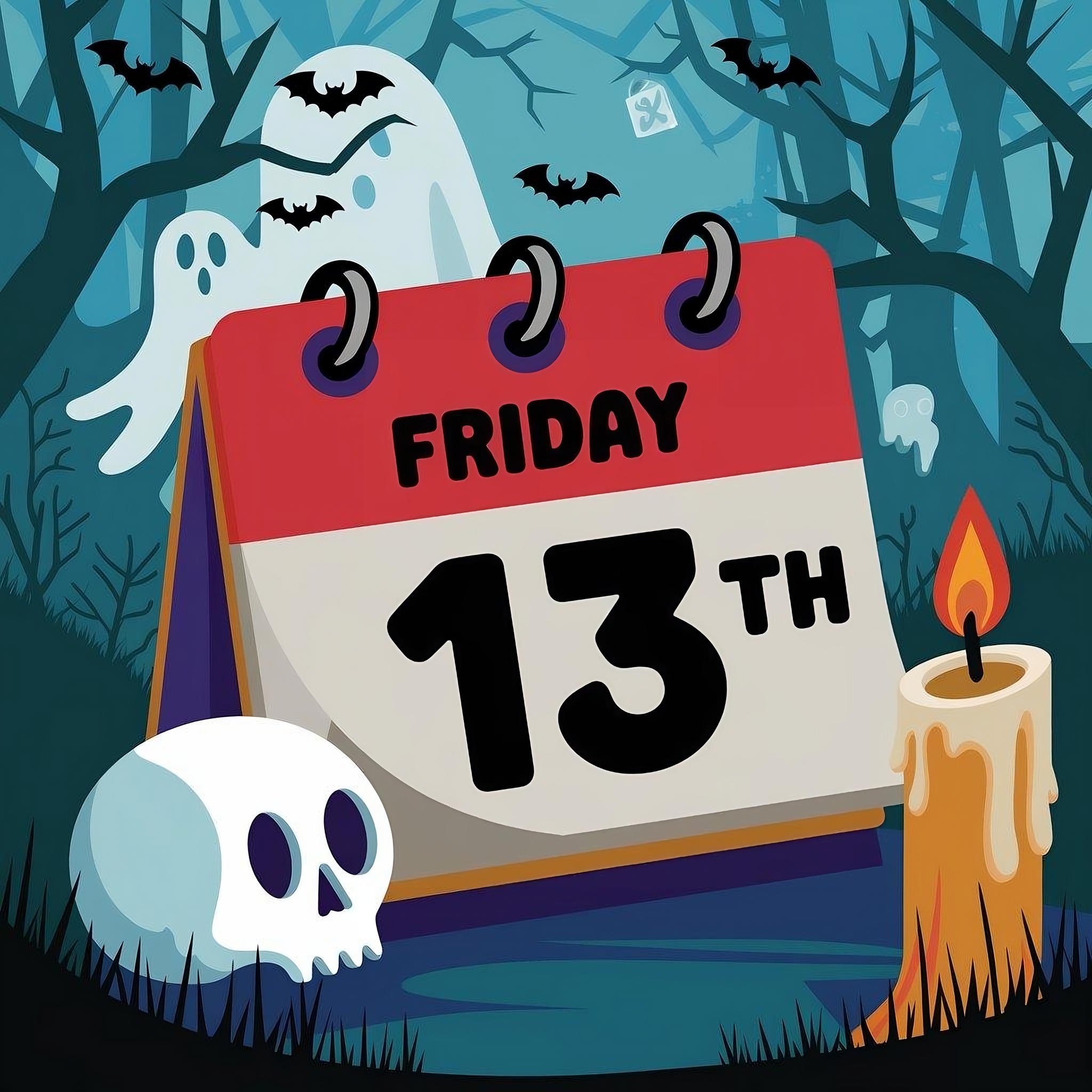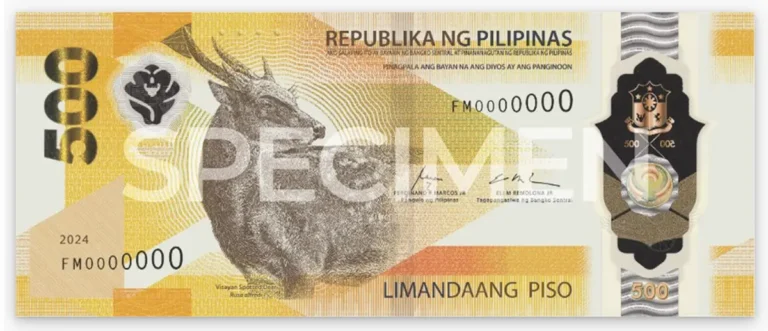
Friday the 13th: Superstition, Slasher Films, and Spooky Math
Friday the 13th has a reputation that sends shivers down spines. It’s the day elevators skip, hotel rooms avoid, and overly cautious folks stay home altogether. Some people chalk it up to harmless fun; others believe it’s cursed. And, of course, Hollywood has done its part to cement this date’s eerie legacy. From superstition to slasher films, Friday the 13th is a cultural icon. But have you ever stopped to wonder how often this ominous day shows up—or even how many times a single year can have Friday the 13th? Spoiler alert: it’s all about the math.
The Superstitions: Why is Friday the 13th So Spooky?
The fear of Friday the 13th, also known as paraskevidekatriaphobia (try saying that three times fast), comes from a mix of historical and cultural beliefs. Some say the superstition dates back to biblical times, with the unlucky number 13 tied to Judas—the 13th guest at the Last Supper—and Friday linked to the crucifixion. Combine these bad vibes, and you’ve got a date that people have avoided for centuries.
Then there’s Norse mythology, where Loki (the trickster god) was the 13th guest at a banquet, causing chaos. Even in modern times, 13 is so disliked that some skyscrapers don’t have a 13th floor, and airlines skip row 13. Poor number 13—it’s not its fault.
Lights, Camera, Horror: The Friday the 13th Franchise
If you’re a horror fan, Friday the 13th isn’t just an unlucky day—it’s a blockbuster franchise. The 1980 slasher flick Friday the 13th introduced us to Camp Crystal Lake and a certain hockey-masked villain. (Okay, technically Jason Voorhees didn’t don the mask until the third movie, but you get the idea.) The franchise has spawned 12 movies, a TV series, comic books, and countless memes. For many, it’s the ultimate scary movie marathon excuse.
The films took the already creepy reputation of the date and dialed it up to 11. Suddenly, Friday the 13th wasn’t just unlucky—it was downright murderous. Thanks, Hollywood. 🙄
The Math: When Does Friday the 13th Strike?
Now, onto the real question: How often do we actually see a Friday the 13th? And can a single year have more than one? The answer might surprise you. In fact, the most Friday the 13ths a year can have is three. But it takes a very specific set of calendar quirks to make it happen.
Let’s break it down. (Don’t worry, no hockey masks here—just some fascinating calendar trivia.)
Exploring the Mystery of Friday the 13th: Which Year Has the Most?
Ah, Friday the 13th—just saying it gives some people the chills. Maybe it’s the superstition, the slasher films, or just the eerie vibe that makes it stand out. Whatever the reason, it’s a date that’s earned its place in folklore and pop culture. But have you ever stopped to wonder: Which year has the most Friday the 13ths? And why does this seemingly random date sometimes pop up so often? Let’s dive into the spooky math and quirky calendar patterns that make Friday the 13th such a head-scratcher. 👻
The Maximum: Three Friday the 13ths in One Year
The most Friday the 13ths you can get in a single year is three. Yep, that’s the ultimate unlucky trifecta! But this rare occurrence only happens under specific circumstances. Two conditions can give us a year with three Friday the 13ths:
- A non-leap year starts on a Thursday.
- A leap year begins on a Sunday.
For example, back in 2015, we had three Friday the 13ths in February, March, and November. Spooky, right? The next time this will happen is in 2026, with the same three months playing host to this ominous date. Mark your calendars—or maybe don’t if you’re the superstitious type. 😅
Why Does This Happen?
To understand why Friday the 13th follows such an odd pattern, we need to look at the Gregorian calendar. This trusty timekeeping system, introduced in 1582, is surprisingly quirky once you start digging into it.
1. Day-of-the-Week Shifts
Here’s a fun fact: every year, the days of the week shift forward. For example, if January 1 falls on a Sunday one year, it’ll be a Monday the next year (unless it’s a leap year—more on that in a second).
- A regular year moves the calendar forward by one weekday.
- A leap year (thanks to February 29) jumps the alignment forward by two weekdays after February.
This shifting means the days and dates don’t sync up perfectly year to year. That’s why certain dates—like Friday the 13th—show up in patterns that seem random but are actually based on the mechanics of the calendar.
2. Leap Year Rules: Adding to the Chaos
Ah, leap years, the wild card in the deck. The Gregorian calendar tries to stay in sync with Earth’s orbit, so we add a leap day every four years. But it’s not as simple as “every four years, period.”
- A year is a leap year if it’s divisible by 4.
- But wait! If it’s divisible by 100, it’s not a leap year—unless it’s also divisible by 400.
So, while 2000 was a leap year, 1900 wasn’t. Confused yet? Same. 😵💫 This leap year rule throws off the calendar’s rhythm just enough to create irregularities in how dates align with days of the week.
Why the 11-Year Rhythm (Most of the Time)?
Here’s where it gets even more interesting. Friday the 13th tends to follow a rough 11-year cycle. Why 11 years? Well, the way regular years and leap years shift the calendar means it takes about that long for the same pattern to repeat. But it’s not a perfect cycle:
- 2015 had three Friday the 13ths, followed by 2026—11 years later.
- But 2009 also had three Friday the 13ths, just 6 years before 2015.
This irregularity happens because leap years occasionally “break” the pattern. It’s like the Gregorian calendar is trolling us, keeping us guessing when the next Friday the 13th trifecta will strike.
The Bigger Picture: Math Meets Superstition
So, what does all this mean? Well, Friday the 13th isn’t just a quirky superstition—it’s also a fascinating example of how our timekeeping system works (or doesn’t). The Gregorian calendar is practical, but it’s not perfect. These rare occurrences, like three Friday the 13ths in one year, are a reminder of its quirks. And for the calendar nerds out there (you know who you are), it’s trivia gold.
For the rest of us, it’s either a fun excuse to binge-watch horror movies or a day to avoid walking under ladders and breaking mirrors. No judgment. 😉
Mark Your Calendar (or Don’t)
So, there you have it—the mystery of Friday the 13th, solved. Whether you’re a die-hard superstitious soul or just mildly intrigued by calendar trivia, knowing why this infamous date follows such an odd pattern is pretty cool. And hey, if you’re looking to prepare for the next year with three Friday the 13ths, get ready for 2026. Maybe it’s time to stock up on good luck charms—or at least learn to laugh in the face of superstition.
Until then, keep calm and calendar on. 🗓️✨







Tried The Moldiest Weed in Canada and
instantly regretted it. Dry, musty buds with zero flavor, harsh smoke,
and shady packaging. Looks good online, but what you get is old, mid-tier garbage
that should’ve been tossed. Total waste of money.
If you care about lungs or quality, avoid this trap.
Nothing “craft” about it — just mold wrapped in hype.
I loved as much as you’ll receive carried out right here.
The sketch is tasteful, your authored subject matter stylish.
nonetheless, you command get bought an nervousness over that you wish be delivering the following.
unwell unquestionably come further formerly again since exactly
the same nearly very often inside case you shield this hike.
Thanks for sharing such a fastidious thought, paragraph is fastidious, thats why i have read it fully
Everything is very open with a clear explanation of the issues.
It was definitely informative. Your site is
extremely helpful. Thank you for sharing!
An impressive share! I have just forwarded this onto a co-worker who was conducting a little homework on this.
And he actually ordered me dinner simply because I discovered it for him…
lol. So allow me to reword this…. Thanks for the meal!!
But yeah, thanks for spending time to talk about this issue here on your web page.
I don’t think the title of your article matches the content lol. Just kidding, mainly because I had some doubts after reading the article.
Your point of view caught my eye and was very interesting. Thanks. I have a question for you.
This article provides clear idea for the new viewers of blogging, that in fact how to do running a blog.
I don’t think the title of your article matches the content lol. Just kidding, mainly because I had some doubts after reading the article.
Can you be more specific about the content of your article? After reading it, I still have some doubts. Hope you can help me. https://accounts.binance.com/si-LK/register-person?ref=LBF8F65G